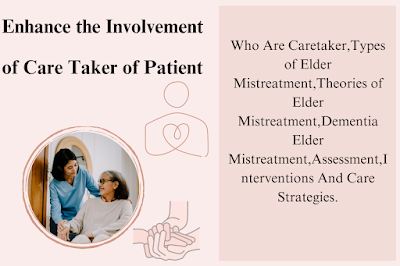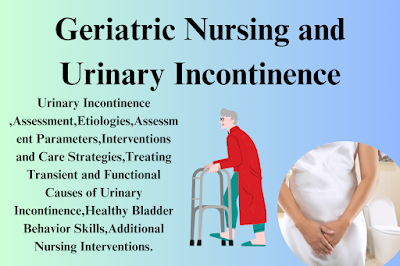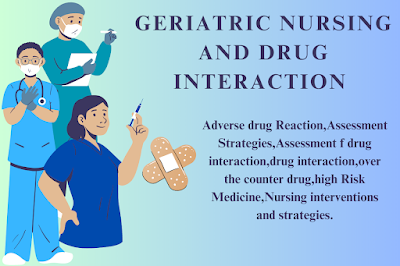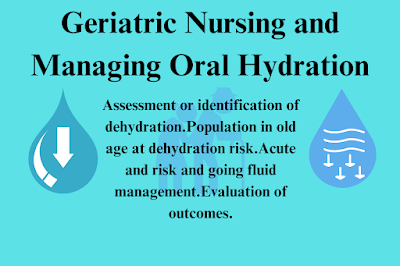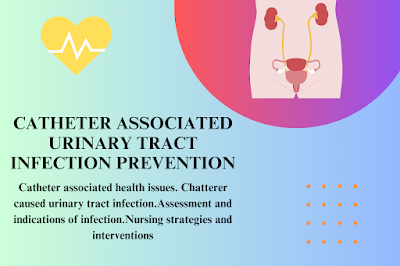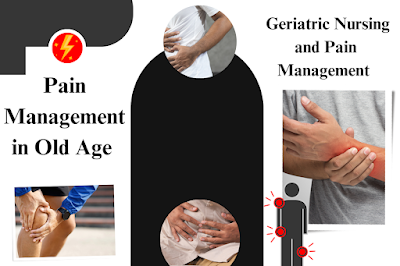Enhance the Involvement of Care Taker of Patient
The Enhance the Involvement of Care Taker of Patient. A major part of improving patient engagement is to meet them where they are and reach out to them using their preferred channels of communication. Each patient has a preferred channel of communication. The Enhance the Involvement of Care Taker of Patient In contemporary healthcare, the … Read more
